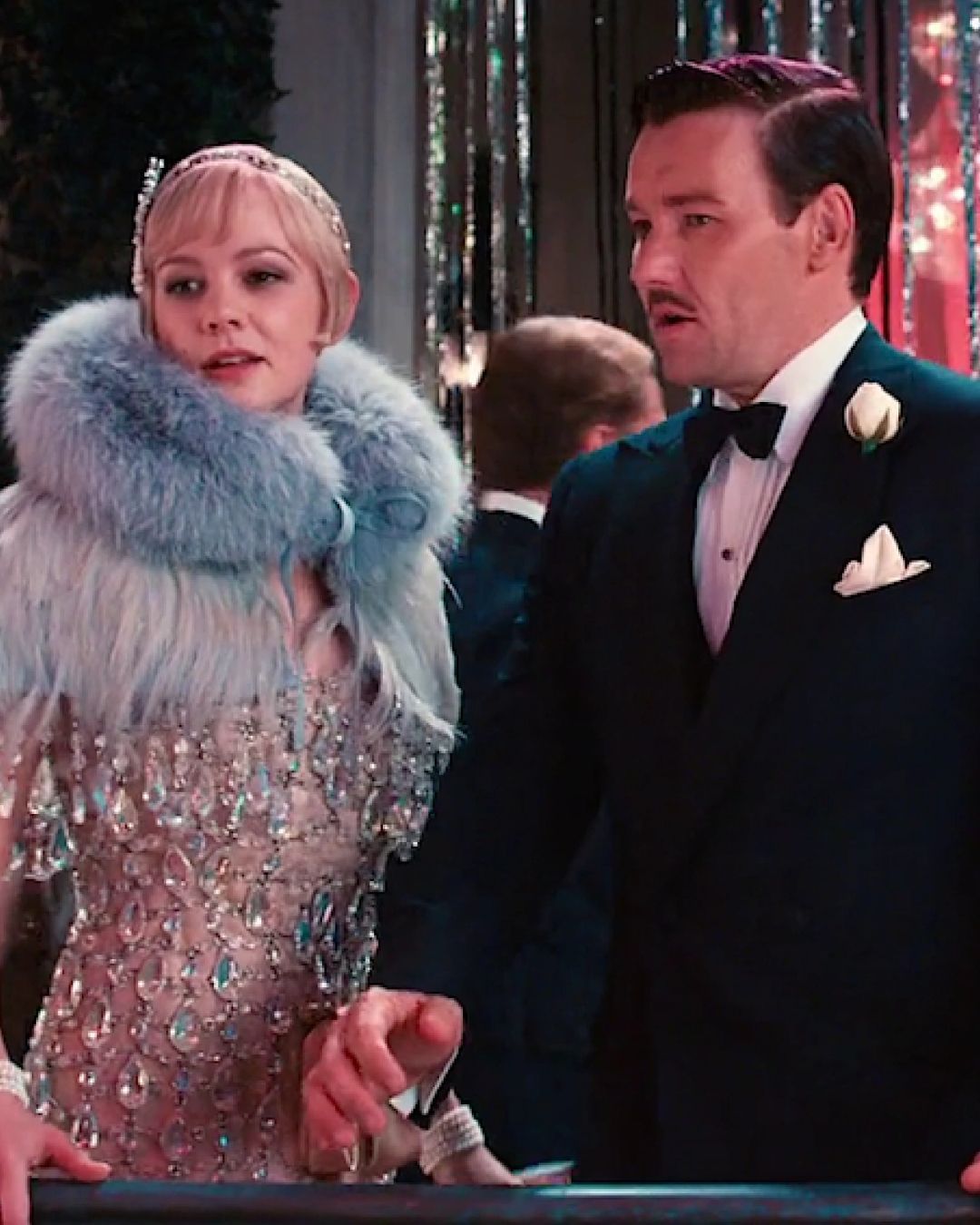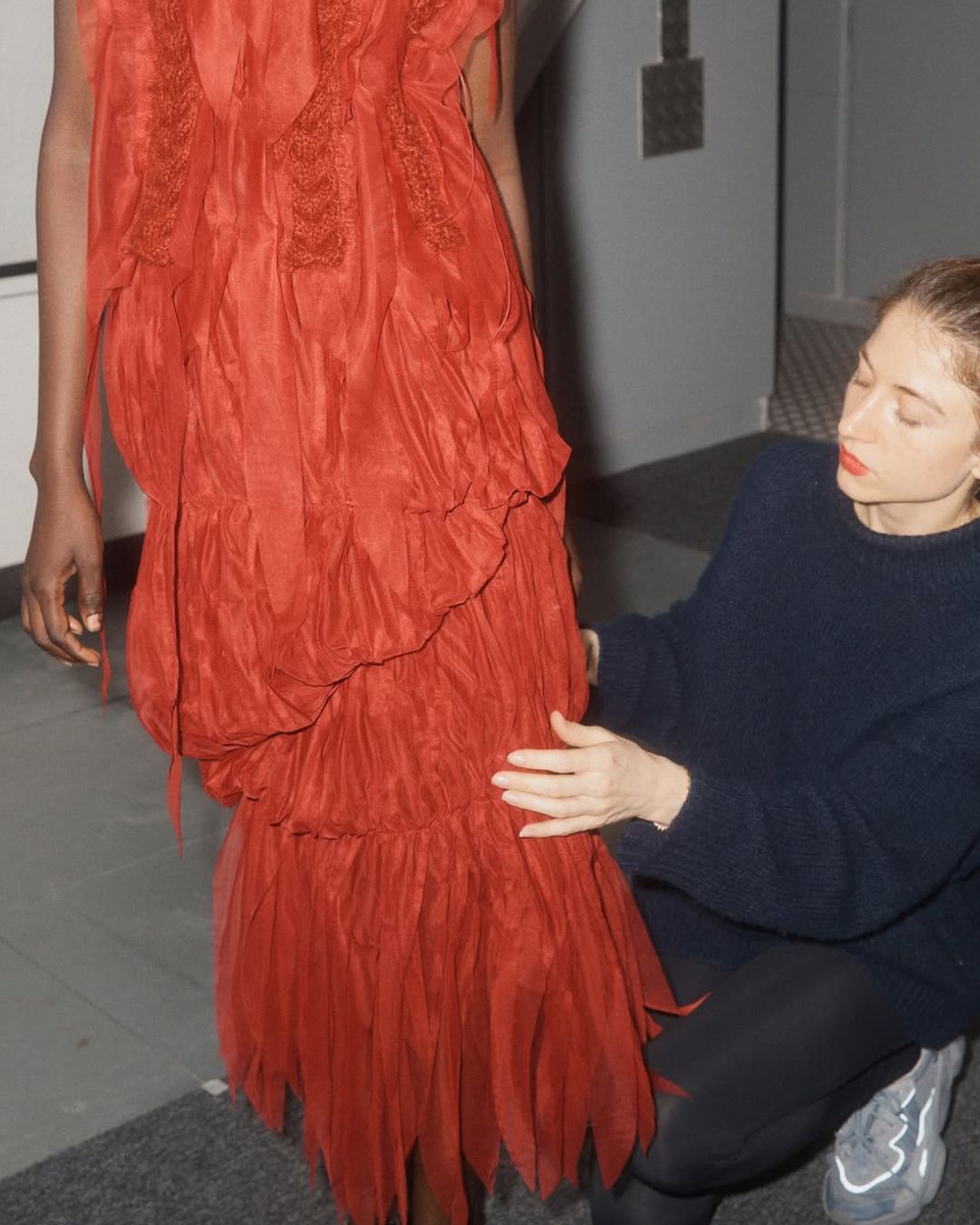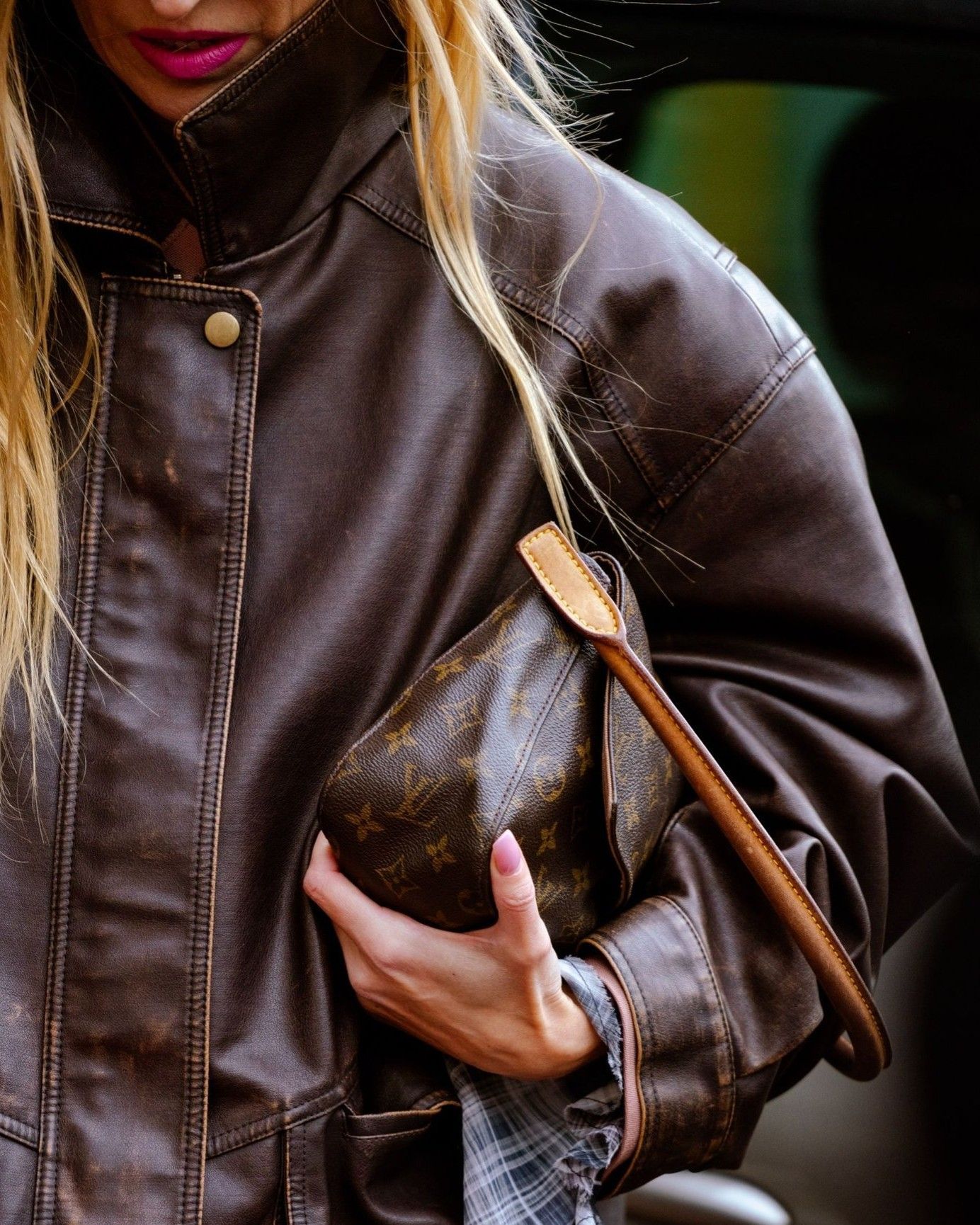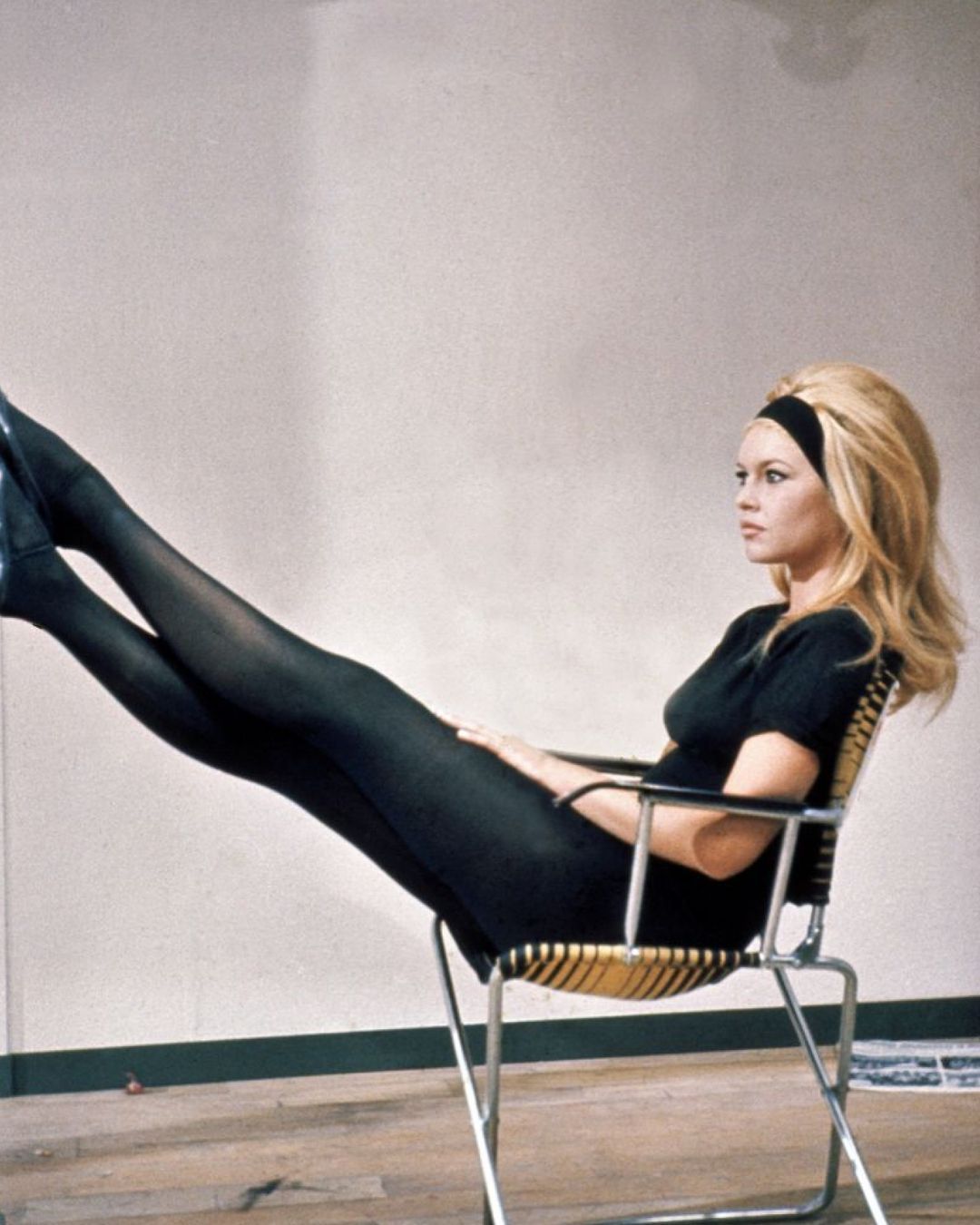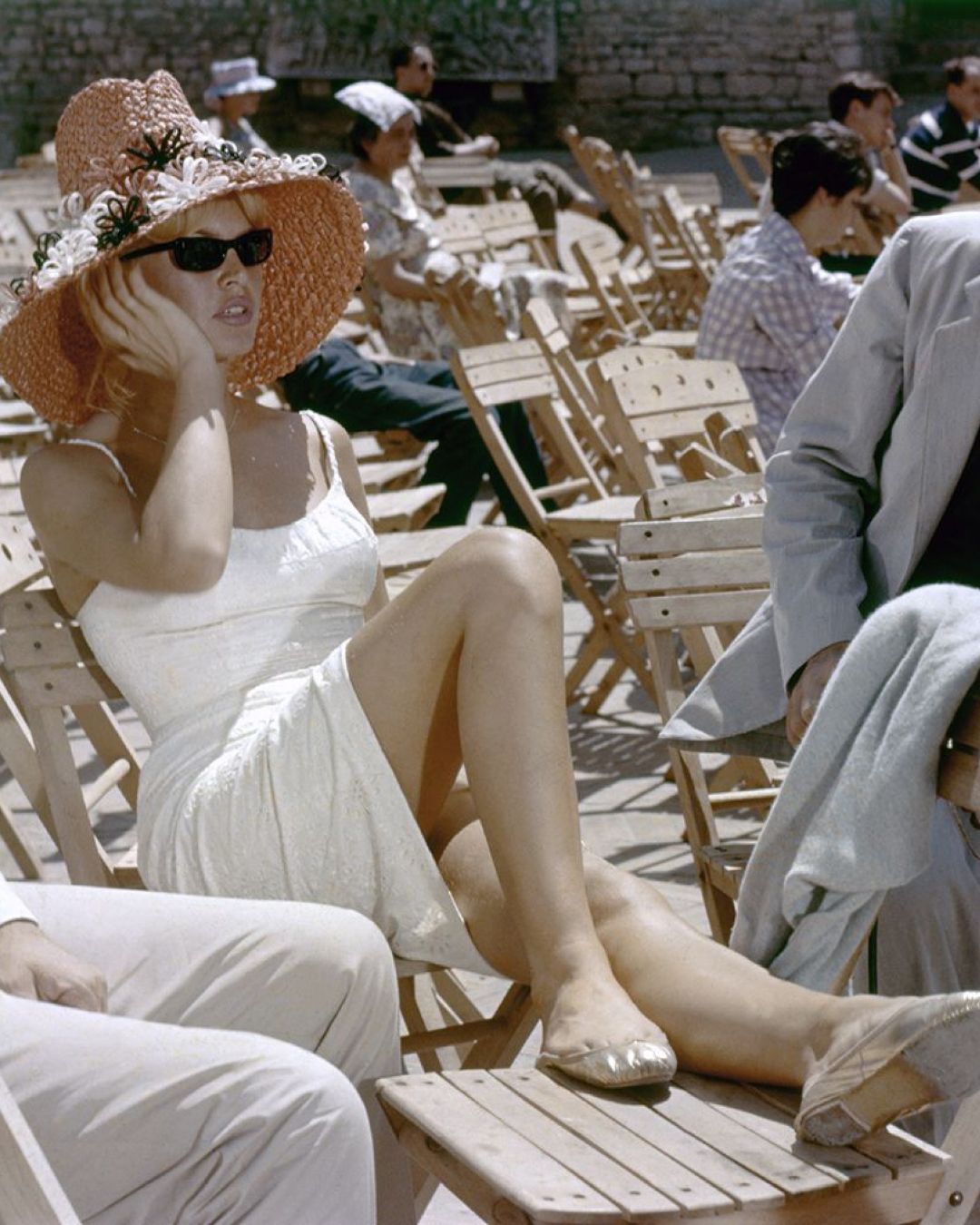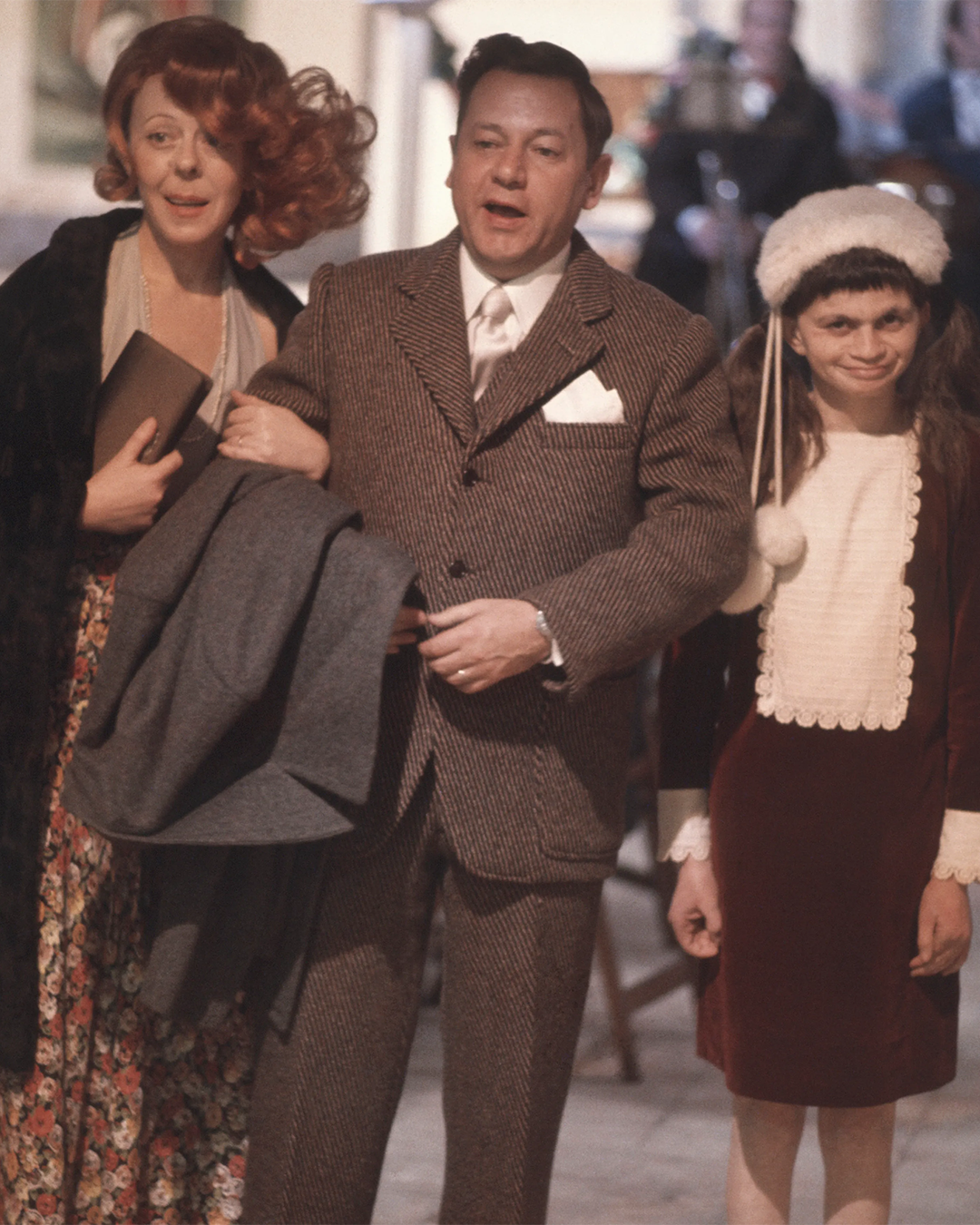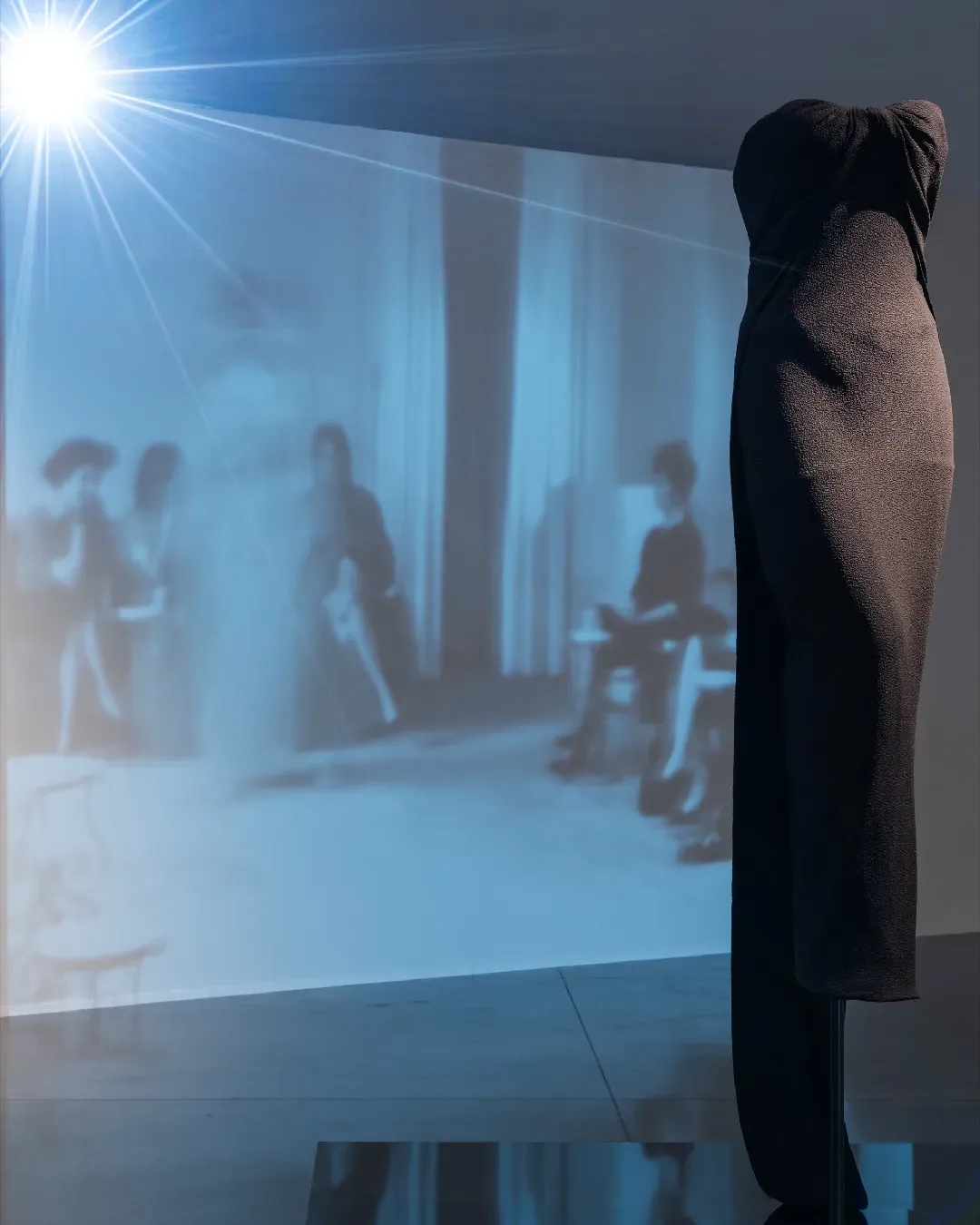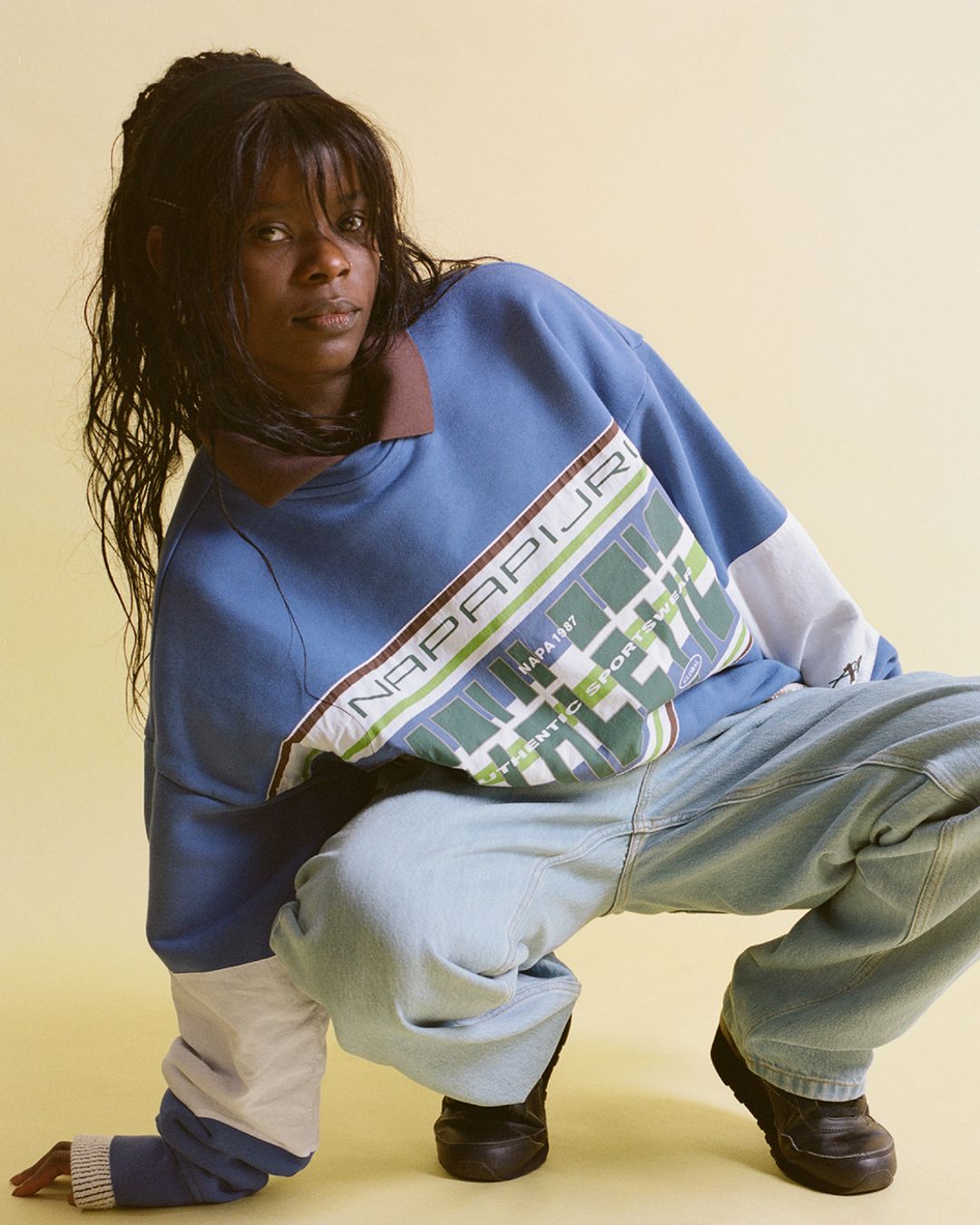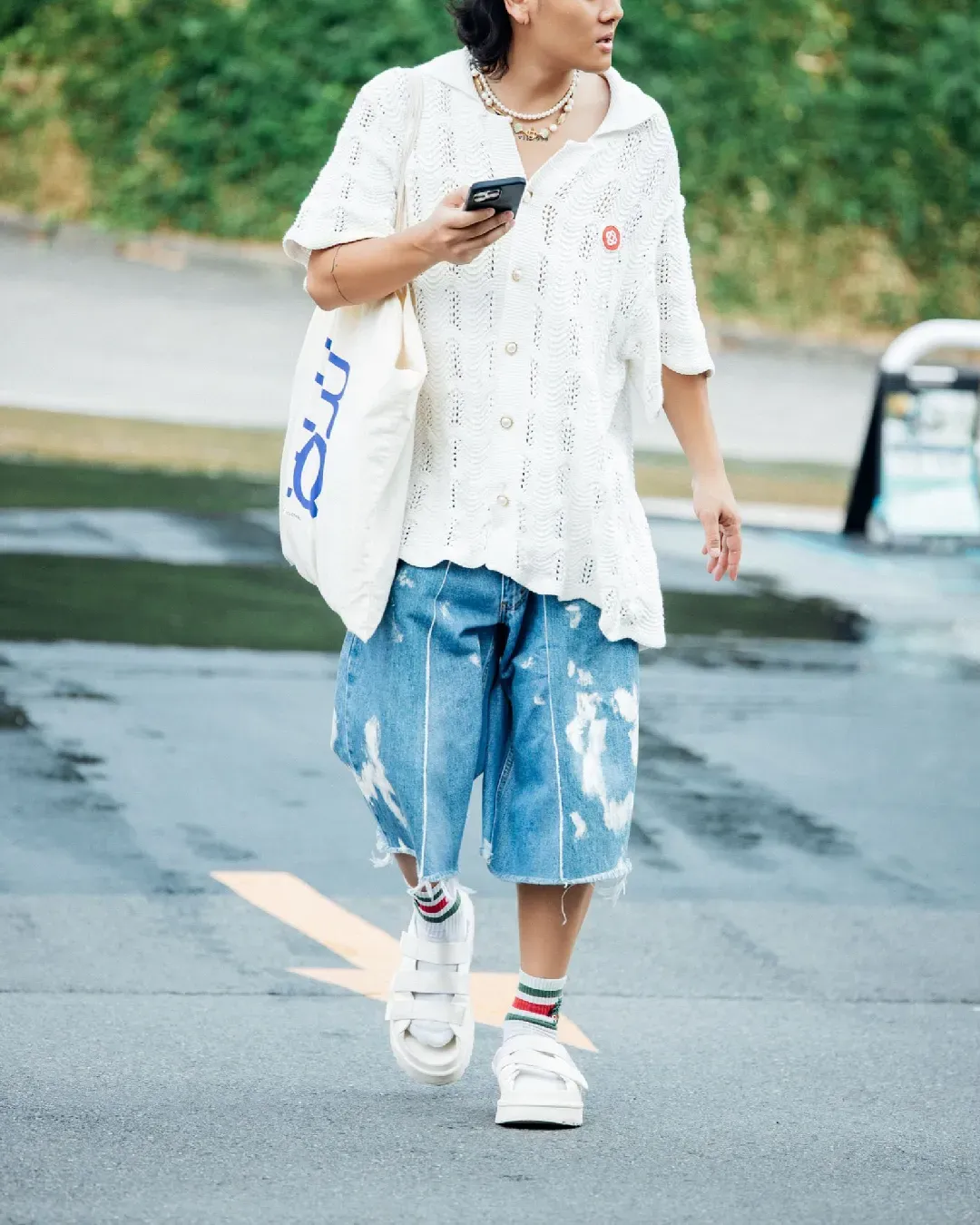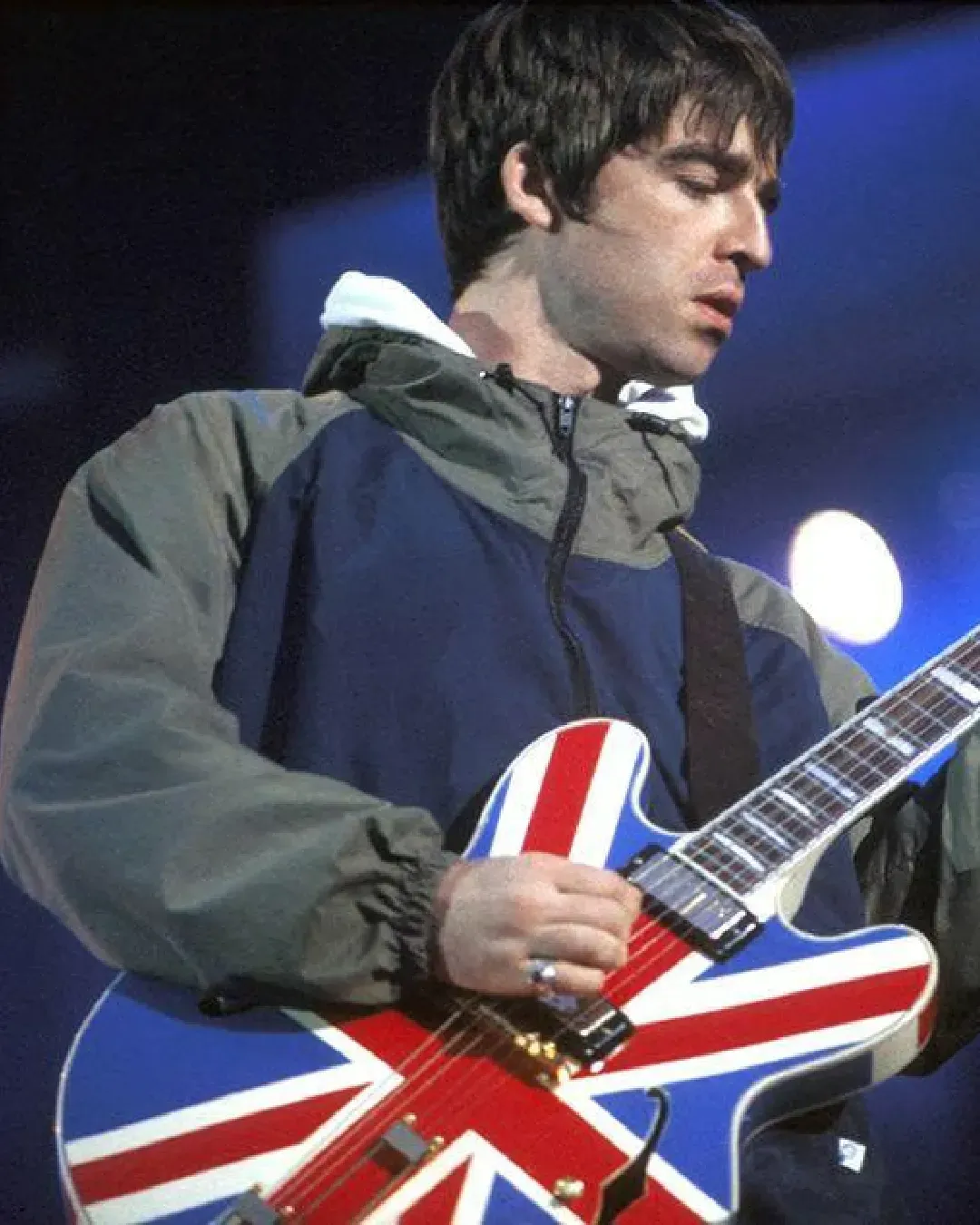
Has fashion finally burned out the football jersey? From Zidane to Balenciaga, a twisted icon
There was a time when the football jersey was an unmistakable token of love for the sport and the team it represented. Across many sports, the jersey, worn by non-athletes, was not only a way to show allegiance to a club, but also a symbol of belonging to a cultural moment. It's no secret that the jersey has since been swept up in a wave of trendiness, becoming a street style staple worn by non-sports fans who are drawn to its aesthetic appeal. And while there’s arguably nothing wrong with that, seeing what was once a symbol of club loyalty elevated to high-end drops by brands like Balenciaga and Wales Bonner, only to be diluted by endless knockoffs in fast fashion, it’s fair to ask: Has the fashion world finally exhausted the football jersey? The sports jersey aesthetic had a good reign, dominating Instagram moodboards, fashion week front rows and even luxury runways for a few years, but like many trends, perhaps it has started to feel tired and overdone.
An interesting part of the jersey in the fashion scene was in the styling, often pairing jerseys with pieces not traditionally associated with them. Since it’s sportswear, combining it with jeans, jorts, a skirt or heels made the look feel elevated and unexpected. Its rise in fashion can be traced back to Wales Bonner’s celebrated Adidas collaborations and Martine Rose’s homages to 1990s terrace culture. Even archival club kits, like Zidane’s iconic France 1998 shirt, have become grail pieces, now sold at high prices on resale platforms and hanging in curated vintage stores from Melbourne to Paris. In 2025, the jersey has become a cultural phenomenon, no longer limited to fans. On social media, retro football shirts are styled with slicked-back ponytails, turning the jersey into a gesture of trend fluency. According to The Iconic, sales of “fashion-esque” jerseys have surged by over 328 percent year on year. Depop reported a 294 percent increase in searches for football shirts during the 2024 Euros, and StockX saw a 68 percent rise in sales of football jerseys year on year, particularly for collections like Palace x Umbro. But with that kind of mainstream momentum comes inevitable saturation. Much like the skater aesthetic that once dominated before being co-opted by every major retailer and reduced to formulaic graphic tees and oversized jeans, the football jersey is now at risk of following the same trajectory.
At the same time, interestingly but maybe not surprisingly, women are seemingly at the forefront of bringing the jersey into the trend, as the commercial power of women’s football has become impossible to ignore. According to Drapers, during the December 2022 World Cup, sales of England’s women’s merchandise ascended by 710 percent in the semi-final, far surpassing the 412 percent spike seen during their UEFA Women’s Euros semi-final in July 2022. Google searches for “Lionesses kit” surged by nearly 4,000 percent during the tournament, again underlining just how much cultural traction the women’s game has gained. Yet the moment was not without its missteps. Nike faced backlash for failing to make Earps’ goalkeeper jersey available to fans, a stark reminder that women’s representation in sport, even at the peak of visibility, still struggles for full equity. Though the trend of jerseys in mainstream streetwear and among non-sports fans may have reached its peak, its cultural impact is undeniable. The jersey’s presence in fashion has brought in new audiences, sparked interest, driven merchandise sales and boosted visibility for the sport itself. Whether worn ironically on runways or sincerely in the stands, the jersey has become a cultural phenomenon. But like any item pulled into the trend fashion cycle, it risks losing its weight if stripped too far from context. To survive, the jersey needs a return to its roots, whether that is in the stands, on the pitch or in the archives of someone who actually knows about France 1998.
Speaking of "vêtements de football", discover the latest project from nss sports on this subject by clicking here


